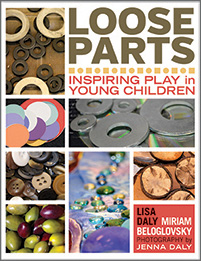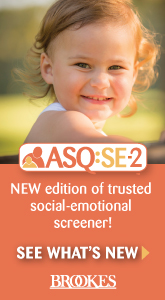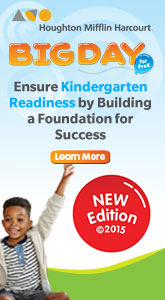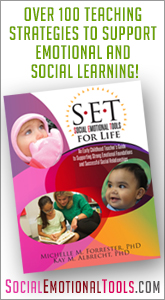ExchangeEveryDay Past Issues
 << Previous Issue
| View Past Issues | | Next Issue >>
<< Previous Issue
| View Past Issues | | Next Issue >> -Ralph Waldo Emerson
"Today's designed world doesn't leave much room for kids to explore," write Cas Holman in "The Case for Letting Kids Design Their Own Play," in Fast Company.
"I've spent time with Penny Wilson, an influential playworker in adventure playgrounds in the U.K., observing children playing. She taught me the important difference between asking kids 'What are you building?' and saying to them, 'Tell me about what you're doing.' When we ask, 'What are you building?' it implies that: a) You should have a goal and be working toward a finished thing, i.e., play is linear; b) you are supposed to be building something (children's understanding of the built world is often limited to houses, so they are confronted with either having done it wrong, or they change their vision to fit their perception of your expectation); c) you should be doing something that you can explain to me.
"We want to avoid all of these rules. So by saying 'tell me about this' we leave the door open to stories about what children are imagining, and they can share challenges, discoveries about putting things together, or any number of things about their experience with their peers and school.
"...Giving children less leaves room for them to contribute more. By allowing them to direct their own play they develop habits of agency, independence, and self-determination. Armed with these skills, they jump in to figure out who they are and will be in the world, rather than waiting for someone to hand them a model to follow."
 Loose parts are natural or synthetic, found, bought, or upcycled materials — acorns, hardware, stones, aluminum foil, fabric scraps, for example — that children can move, manipulate, control, and change within their play. Loose parts are alluring and beautiful. They capture children's curiosity, give free reign to their imagination, and encourage creativity.
Loose parts are natural or synthetic, found, bought, or upcycled materials — acorns, hardware, stones, aluminum foil, fabric scraps, for example — that children can move, manipulate, control, and change within their play. Loose parts are alluring and beautiful. They capture children's curiosity, give free reign to their imagination, and encourage creativity.
With more than 550 color photographs of many kinds of loose parts in real early childhood settings, classroom stories, and a dynamic overview, this book provides inspiration and information about the ways loose parts support open-ended learning, enhance play, and empower children. With loose parts, the possibilities are endless.




Comments (3)
Displaying All 3 CommentsAor International
Dallas, TX, United States
In the High/Scope curriculum model, adults in the classroom sometimes use the technique S.O.U.L., to enter into an area where children are playing.
S stands for being Silent, when first entering a children's play area.
O stands for Observing what the children are doing, with all of the senses.
U stands for coming to an understanding of what is happening in that play area; what are the children involved in.
L stands for Language from the children first.
But using an open-ended question like "Tell me about..." can work sometimes too.
Bloomington, Indiana, United States
Yes! I learned this years ago! To say, "Tell me about it or tell me about what you are doing... Forgetting where I learned this, but probably from Reggio Emilia techniques and Bonnie and Roger.
Resources for Infant Educarers
Los Angeles, CA, United States
The famous adage "less is more" was a fundamental guide in the seminal work of infant specialist Magda Gerber. Her teachings allow babies freedom of expression from birth so they learn to be and truly know themselves within securely attached primary and secondary relationships. The film "See How They Play" depicts the contexts for this freedom where adults "do less, observe more and enjoy most." Dr. Stuart Brown says every parent who loves his/her child should see this film. Www.rie.org
Post a Comment